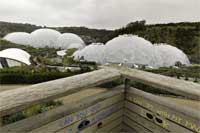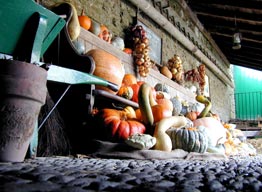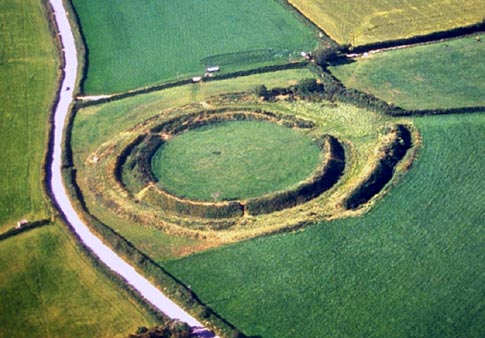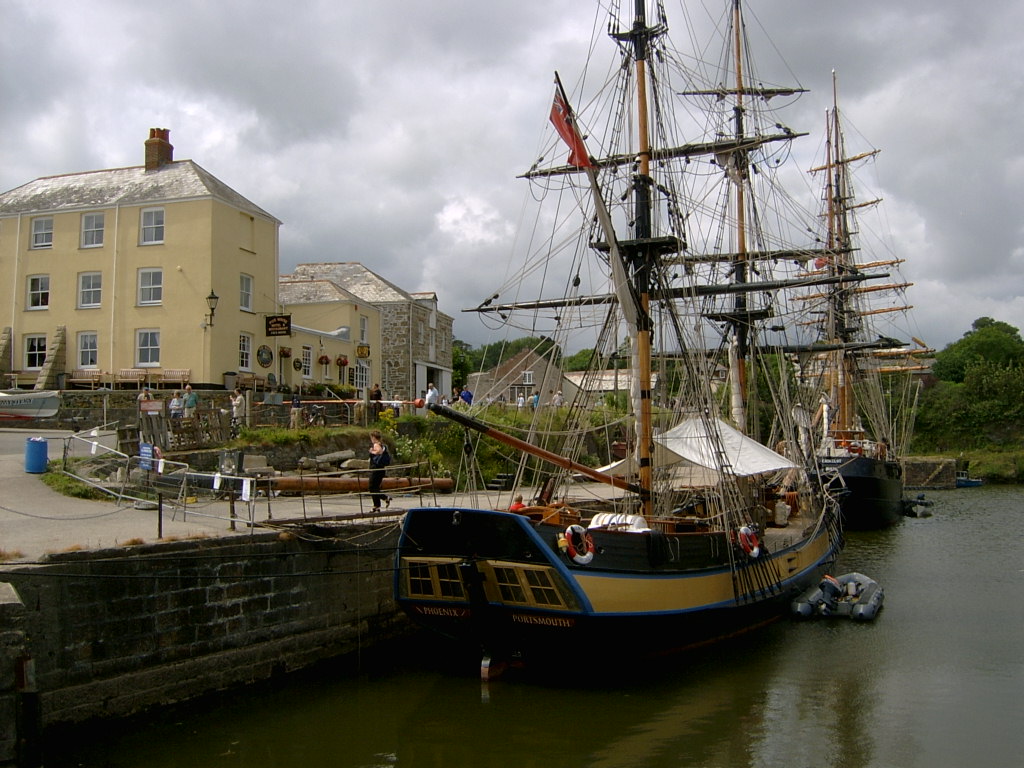Castle Dore
|
Castle Dore is a defended settlement of Iron Age date. William of Worcester (1415-1482) described the site as "a delapidated castle by the name of Dirford, near Golant" and Leland identified it as "Castledour". The defences consist of a circular rampart set within an oval one; both ramparts were constructed from material excavated from external ditches. The ditch to the inner rampart survives well but that associated with the outer rampart is now infilled on the west side of the earthwork. Recent work by the Ordnance Survey indicates that, apart from the entrances on the eastern sides of the two enclosures, other breaches in the ramparts are modern. View Directions to Castle Dore
|
Charlestown
|
Today there are two remarkable things about Charlestown. View Directions to Charlestown
|
The Eden Project |
With its distinctive white domes, the Eden Project is Cornwall's best-known tourist attraction. But it's much more than just a big green theme park and visitors can expect to come away with a better understanding of the environment and their interaction with it. As they say at the Eden Project, 'we aim to reconnect people with their environments locally and globally'. Dubbed 'the Eighth Wonder of the World', The Eden Project is primarily the idea of Tim Smit, the man behind the Lost Gardens of Heligan. Eden was funded by a £55.3 million grant from the Millennium Commission and is run by a charitable trust. It opened its doors on 17th March 2001, since when it has had more than 8 million visitors. View Directions to the Eden Project
|
The Lost Gardens of Heligan  |
Heligan, seat of the Tremayne family for more than 400 years, is one of the most mysterious estates in England. At the end of the nineteenth century its thousand acres were at their zenith, but only a few years later bramble and ivy were already drawing a green veil over this “Sleeping Beauty”. After decades of neglect, the devastating hurricane of 1990 should have consigned the Lost Gardens of Heligan to a footnote in history. Instead, a discovery of a tiny room, buried under fallen masonry in the corner of one of the walled gardens, was to unlock the secret of their demise. A motto etched into the limestone walls in barely legible pencil still reads “Don’t come here to sleep or slumber” with the names of those who worked there signed under the date – August 1914. Fired by a magnificent obsession to bring these once glorious gardens back to life in every sense and to tell, for the first time, not tales of lords and ladies but of those “ordinary” people who had made these gardens great, before departing for the Great War. View Directions to the Lost Gardens of Heligan
|

